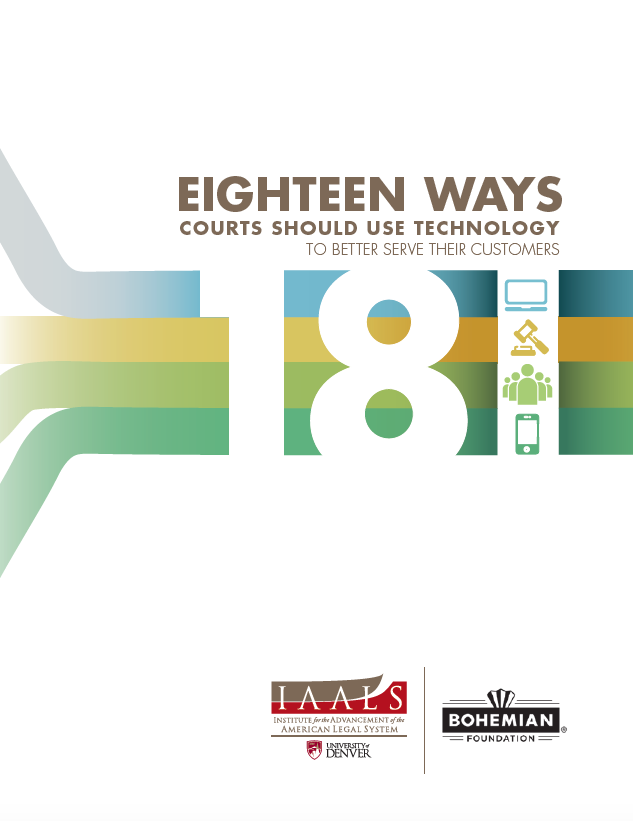Courts Must Begin Meeting the Technology Needs of Their Users, Not Just Their Internal Systems
 Courts are—to a great extent—in the business of customer service. Yet often, their focus when upgrading their technology doesn’t extend beyond their own internal needs. That’s a recipe for disaster in a world where consumers are increasingly getting their needs met digitally and businesses failing to do this are quickly going out of business.
Courts are—to a great extent—in the business of customer service. Yet often, their focus when upgrading their technology doesn’t extend beyond their own internal needs. That’s a recipe for disaster in a world where consumers are increasingly getting their needs met digitally and businesses failing to do this are quickly going out of business.
We already know from national surveys conducted by groups like the National Center for State Courts in their annual Public Trust and Confidence Study that court users generally do not rank customer service in courts highly. But there is much that technology can and should do to reverse this opinion. And as self-represented litigants increase in numbers, user-centered technologic innovations are gaining increasing urgency. A new IAALS report, Eighteen Ways Courts Should Use Technology to Better Serve Their Customers, provides a path forward to help courts use existing technologies to improve the user experience, particularly for those people who choose to represent themselves.
Among the report’s detailed recommendations are:
- Ensure court information and services are accessible through smartphones and ensure up-to-date wayfinding.
- Allow court users to present photos, videos, and other information from their smartphones in court.
- Enable court users to appear by telephone or video conference.
- Facilitate easier scheduling of hearings using common digital calendar platforms.
- Allow online payment of fees and other costs.
- Create opportunities for users to access forms and other case-related information remotely and simplify the completion and filing of those forms, including electronic filing, and eliminate notarization requirements.
- Deliver automated court messaging about upcoming hearings or missed events and allow that messaging to help guide users through the process.
Benefits from making these changes will accrue to courts, and examples of success are already available from courts across the country that have made them. Often, the benefits are nearly immediate and include more complete and readable documents being filed, shortened court hearings, additional staff and judge time for difficult cases, better user experience, and many others.
The reality is, we must continue to innovate if we are to increase public trust and confidence in the court system and rebuild the trust we’ve lost. Using technology more wisely throughout our courts to enhance the court user experience is a major step in that direction.



